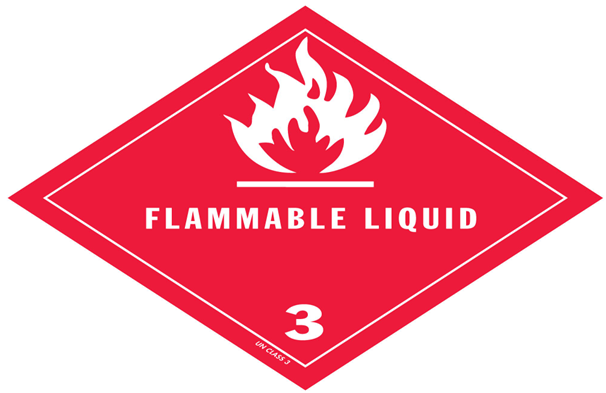Most workplaces are safe and protected from the many risks of fire, but many also have lots of components in one place that can contribute to the outbreak of a fire. If plans are not put in place and training is not provided, then workplaces can be at serious risk from fire. There are more fires in the UK workplace every year than there should be, the result of a variety of causes. Here are some of the most common causes of fire outbreak in the workplace and what can be done to reduce the risk:
- Combustible waste left on site
Often commercial premises will have an accumulation of waste material that is combustible such as paper and cardboard. If this type of material is not disposed of properly or just left around without being dealt with, this could pose a significant fire risk. This combustible material is the perfect fuel for fire and should a fire break out, it can be devastating for a workplace. Always have a detailed disposal plan for such waste and when in storage, keep well away from main buildings and secure with no access to possible sources of ignition. For a full review of your workplace fire safety, contact a Fire Risk Assessor Gloucester.
- Dust
This one might surprise you, but without enough ventilation, a build-up of dust can be the cause of a fire in the workplace. Dust can accrue from many materials including wood and plastic use, accumulating in machinery parts and on surfaces and equipment. This can cause malfunctions and breakdowns in machinery, even being serious enough to sometimes cause explosions. In commercial and factory settings, any machinery that has a heating element must be kept free of dust and grime for this very reason. Where dust is likely to be in the air, ventilation fans must be fitted to keep the air dust-free. Contact a Fire Risk Assessor Gloucestershire for more advice.
- Flammable liquids
Some workplaces will have a lot of these substances and others, not so much. Factories will have a lot whereas an office is unlikely to. However, even a limited of flammable liquids can pose a risk of fire if they are not stored correctly. It only takes a small amount of ignition to alight these liquids. All flammable liquids must be kept in a ventilated and securely locked space, and never near a fire hazard or possible source of ignition.
- Hot objects
Any object that heats up has the potential to start a fire, particularly electrical equipment and factory machinery. All it takes is for a piece of equipment to overheat from excess use, a spark as a source of ignition and a fire could well break out. Any equipment or machinery that heats up should be kept well away from any combustible materials. Machinery should be switched off at night or when not in use, if possible to reduce fire risks even further.
- Human Mistakes
One common thread across all instances of workplace fires is human error. When staff are not trained properly, they can easily increase the risk of fire without knowing that theyve done anything dangerous. Whilst its hard to completely eliminate human error, fire safety training in all workplaces is a duty that employers should take very seriously indeed.




